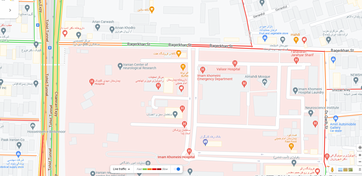Assessing Magnetic Resonance Imaging Sensitivity and Specificity for Detecting Occult Nipple-Areolar Complex Malignancy in Nipple-Sparing Mastectomy Candidates: A Systematic Review and Meta-Analysis
.png)
Background: Approximately 8% of breast cancers originate within the central ducts near the nipple-areolar complex(NAC), which has revealed higher rates of occult involvement than previously thought. Precise preoperative imaging to assess NAC and subjacent tumor involvement has become critical to identify candidates for nipple-sparing mastectomy (NSM) while ensuring oncological safety. The aim of our study is to determine whether Magnetic Resonance Imaging (MRI) could be used for the detection of subtle neoplastic infiltration.
Method: Electronic databases including PubMed, Scopus, Web of Science, and EMBASE were systematically searched to identify all relevant studies published before 2024 on diagnostic performance of MRI in malignant extension to the nipple. The keywords included MRI, NAC, breast cancer, NSM, True Positive (TP), True Negative (TN), False Positive (FP), False Negative (FN) were extracted for analysis. Finally, 5 articles were selected for our meta-analysis. STATA version 15 was used to analysis data.
Result: Our meta-analysis showed a pooled sensitivity of 85%(95% CI: 77%-91%)with low heterogeneity(I2 = 00.00%), and a pooled specificity of 82% (95% CI: 49%- 95%), with significant heterogeneity(I2 = 98%). The pooled positive diagnostic likelihood ratio(pDLR) was 4.6(95% CI: 1.3-16.6, I2 = 96.66%), and the negative diagnostic likelihood ratio(nDLR) was 0.18(95% CI: 0.10-0.33, I2 = 50.06%).
Conclusion: Diagnostic MRI characteristics such as NAC enhancement, non-mass enhancement (NME) type, mass size (greater than 20 mm), and tumor-to-nipple distance (TND) were assocaited with the presence of NAC involement. Because of high diagnostic accuracy, MRI imaging can be used as a helpful tool for NAC diagnosis.






ارسال نظر